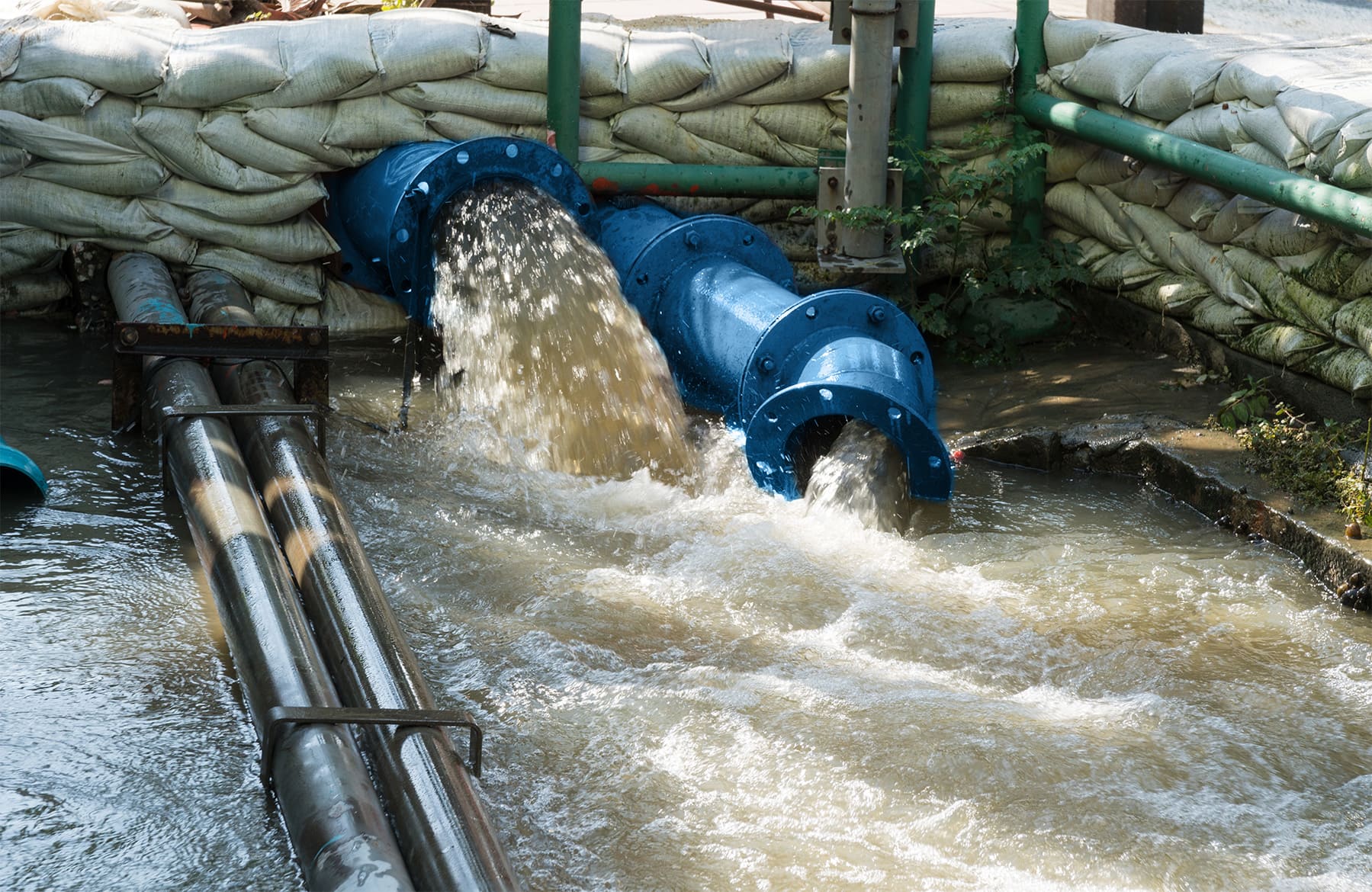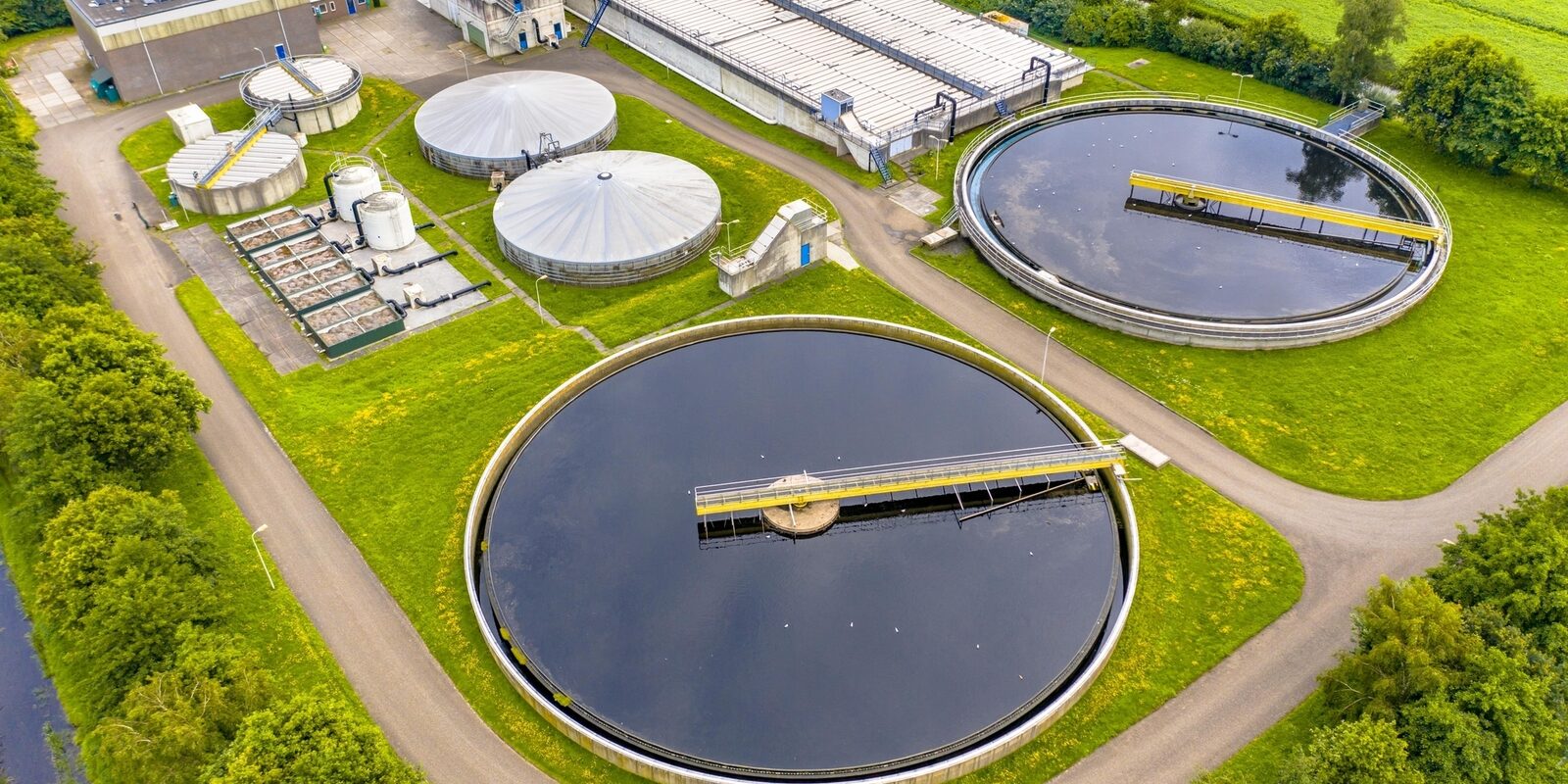Discover How Water Treatment Polymer Functions to Improve Your Water Purification Refine
Water therapy polymers have emerged as essential representatives in the realm of water filtration, functioning as both flocculants and coagulants to substantially enhance the removal of impurities - water treatment polymer. By assisting in particle aggregation and enhancing sedimentation performance, these compounds not only fine-tune water quality however additionally streamline operational processes.
What Are Water Therapy Polymers?
Water therapy polymers are specialized chemical compounds employed in numerous procedures to enhance the efficiency of water filtration and treatment systems. These polymers play a vital duty in the elimination of contaminants, including suspended solids, raw material, and pathogens from water sources. They are commonly categorized into natural, synthetic, and semi-synthetic polymers, each with distinct attributes and applications.

Water treatment polymers operate as flocculants, coagulants, or dispersants, promoting the cluster of particulates for less complicated removal. Their efficiency can considerably reduce the price and power related to traditional therapy methods, making them important components in local and industrial water therapy facilities. As water top quality guidelines end up being more rigid, the demand for reliable water treatment polymers proceeds to grow, highlighting their value in modern water monitoring practices.
Device of Action
The system of action of water therapy polymers entails several crucial processes that improve the removal of pollutants from water. Mainly, these polymers serve as flocculants, advertising the gathering of suspended particles into larger clusters referred to as flocs - water treatment polymer. This gathering happens with cost neutralization, where the cationic polymers engage with adversely billed particles, minimizing their electrostatic repulsion and permitting them to integrate
Once flocs are created, their enhanced dimension and weight promote sedimentation or filtration, thus effectively eliminating them from the water column. Additionally, some polymers may show adsorptive buildings, binding to particular pollutants and boosting their removal performance. This dual action not only improves the physical splitting up of fragments yet also help in the decrease of liquified raw material and heavy metals.

Sorts Of Water Treatment Polymers
Various sorts of water treatment polymers are used in various applications to improve the effectiveness of impurity removal processes. These polymers can be generally classified into 3 major kinds: flocculants, coagulants, and dispersants.

Coagulants, on the various other hand, are normally low-molecular-weight substances that reduce the effects of the charge of colloidal bits. They advertise the formation of bigger aggregates, which can then be gotten rid of much more conveniently. Common coagulants include aluminum sulfate and ferric chloride, usually used along with flocculants to enhance general performance.
Dispersants serve a different objective; they stabilize bits in suspension, stopping them from agglomerating. This is particularly crucial in applications such as oil-water splitting up, where it is necessary to maintain impurities dispersed up until they can be check my site properly eliminated.
The choice visit this page of the suitable polymer kind relies on the certain features of the water being dealt with and the preferred quality of the final effluent.
Benefits of Utilizing Polymers
Polymers play an important function in enhancing the efficacy of water treatment procedures, supplying a variety of benefits that add to boosted functional performance. One of the key advantages of using polymers is their capability to substantially raise the performance of bit elimination throughout coagulation and flocculation. By promoting quicker and extra effective gathering of bits, polymers facilitate the explanation of water, causing higher quality outcome.
Furthermore, polymers can improve the sedimentation process, resulting in decreased sludge volumes. This not only decreases disposal expenses but additionally lessens the environmental influence connected with waste management. The usage of water treatment polymers can lead to boosted filtering prices, permitting for extra reliable use of sources and reduced functional downtime.
Furthermore, polymers help in stabilizing the water chemistry, which can minimize issues connected to scaling and corrosion in therapy systems. This stablizing adds to the long life and dependability of devices, eventually minimizing maintenance prices. Lastly, the versatility of polymers allows their application across numerous water therapy situations, making them indispensable tools for achieving regulative conformity and ensuring public health and wellness safety and published here security.
Applications in Water Purification

Water filtration procedures make use of a selection of polymers to boost therapy efficiency and make certain the elimination of impurities. These polymers play essential roles in coagulation, flocculation, and sedimentation, efficiently aggregating suspended bits and promoting their elimination from water. Coagulants, such as polyaluminum chloride, engage with pollutants, neutralizing their fees and promoting the formation of bigger aggregates, known as flocs.
Along with traditional coagulants, specialized polymers are employed in membrane layer filtering systems. These polymers improve membrane efficiency by lowering fouling and extending functional life expectancy. Polymeric adsorbents are made use of to target certain pollutants, including hefty steels and organic substances, supplying a customized strategy to water therapy.
Polymers likewise find applications in sludge dewatering procedures, improving the performance of solid-liquid splitting up - water treatment polymer. By boosting the dewatering features of sludge, these polymers lower disposal expenses and ecological effect
Conclusion
In verdict, water therapy polymers play a critical role in boosting water filtration processes by acting as effective flocculants and coagulants. On the whole, the incorporation of these specialized compounds is crucial for optimizing water treatment systems and making sure reliable filtration end results.